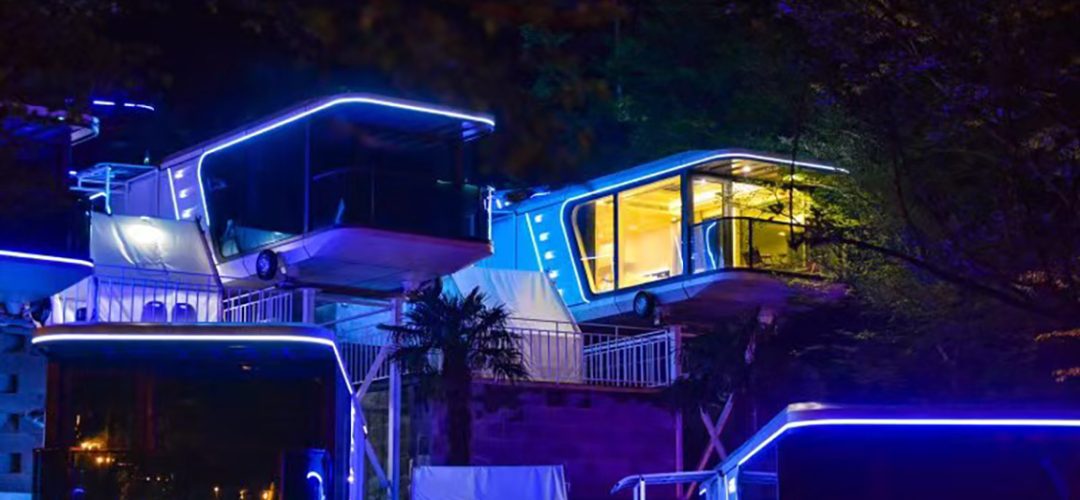As housing demands evolve and the market increasingly seeks innovative, sustainable housing solutions, prefab homes and modular homes have become two highly discussed construction types. Whether in the context of rapid urbanization or growing consumer interest in flexible and eco-friendly living, more and more buyers and investors are considering these options. This article will compare prefab homes and modular homes in terms of characteristics, pros and cons, market trends, and suitability for different living needs, helping you make an informed decision.
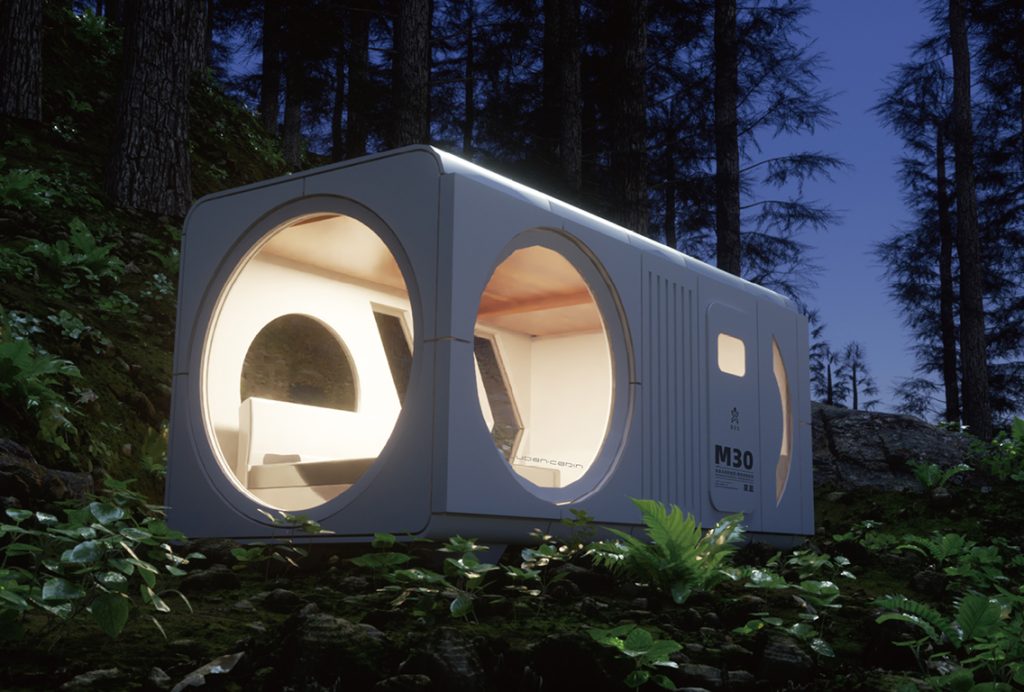
1. What are Prefab and Modular Homes?
- Prefab Homes: Prefabricated homes (prefab homes) are houses that are built in a factory in pre-made components, which are then shipped to the construction site and assembled. They are typically made with standardized parts but can be customized based on requirements. Construction time is generally shorter, and the quality tends to be stable.
- Modular Homes: Modular homes are also built in a factory but consist of multiple pre-constructed “modules.” These modules are assembled on-site to form the complete structure. Modular homes offer higher scalability and flexibility in design compared to prefab homes.
2. Construction Time and Cost
- Prefab Homes: Prefab homes usually have a shorter construction time due to factory production and simpler installation methods. Construction can typically be completed in a few weeks to a few months, and they tend to be more affordable than traditional building methods, depending on design complexity and customization.
- Modular Homes: Modular homes typically have a slightly longer construction time and higher cost than prefab homes because the modules require more precise assembly. However, due to their scalability and higher design flexibility, they may offer better return on investment, especially for larger housing developments.
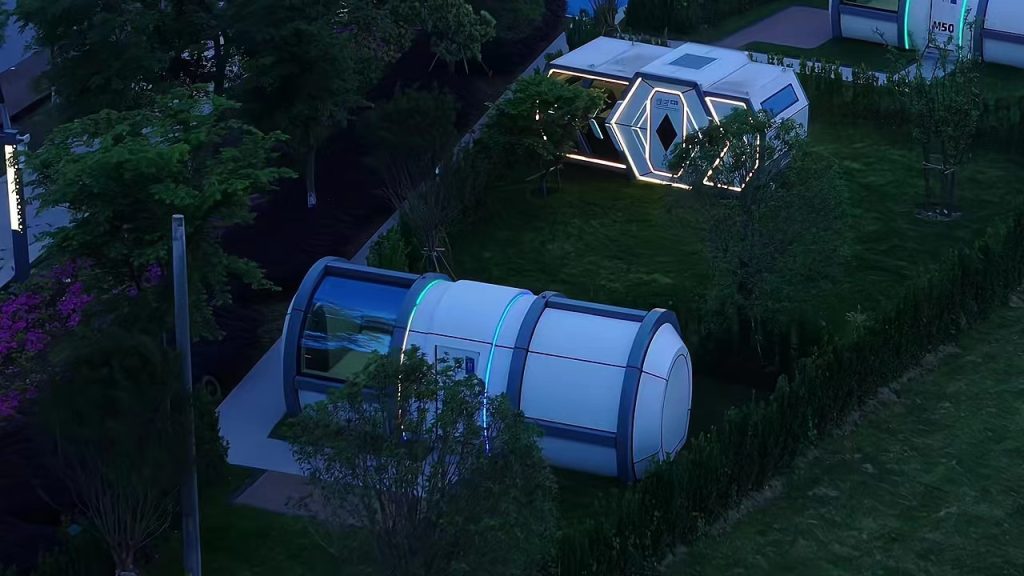
3. Design Flexibility and Customization
- Prefab Homes: Prefab homes often have more fixed designs, though they can still be adjusted based on client needs. They are suitable for projects with simpler requirements, such as vacation homes or temporary housing.
- Modular Homes: Modular homes offer more flexibility in design. Modules can be combined in various ways, allowing for significant customization in both appearance and functionality. This makes modular homes a better choice for consumers with higher design expectations.
4. Sustainability and Eco-friendliness
- Prefab Homes: Many prefab homes are built using eco-friendly materials and energy-efficient designs, meeting modern green building standards. Additionally, due to factory production, material waste is minimized, contributing to a lower environmental impact.
- Modular Homes: Modular homes also often use sustainable materials. Due to higher construction precision and less construction waste, modular homes are often considered more eco-friendly than traditional housing methods. Many modular homes are designed with smart home systems to enhance energy efficiency.
5. Durability and Long-Term Value
- Prefab Homes: The durability of prefab homes generally depends on the materials chosen and the construction process. While most prefab homes can last for many years, they may require more maintenance and care, especially in extreme weather conditions.
- Modular Homes: Modular homes tend to be more durable because they follow strict building codes, and they can be reinforced and upgraded as needed. Particularly in terms of wind resistance and seismic safety, modular homes offer higher security and comfort.
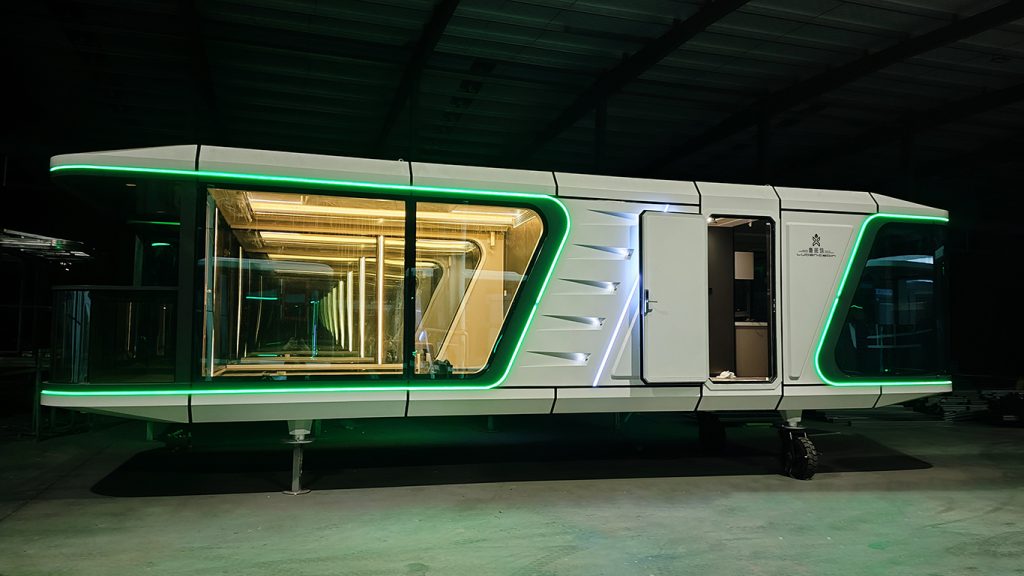
6. Market Trends and Future Outlook
- Prefab Homes: Prefab homes have gained significant market share in specific sectors such as temporary housing, vacation resorts, and disaster relief. As demand for simple, sustainable living increases, the market for prefab homes is expected to grow.
- Modular Homes: Modular homes are becoming a popular choice across a wider range of markets, especially in urbanization. As more people accept this innovative housing solution that balances design and functionality, the demand for modular homes is expected to continue rising, especially in high-density urban areas where they offer a solution to housing shortages.
7. Which is Right for You?
- Choose Prefab Homes: If you have a limited budget, simple needs, and require a quick-build housing solution, prefab homes might be your ideal choice. They offer an economical, efficient, and eco-friendly way to meet basic housing requirements.
- Choose Modular Homes: If you are looking for more design freedom, greater durability, or better long-term value, modular homes may be the better option. They provide a tailored solution for those seeking customization, high quality, and sustainable development.
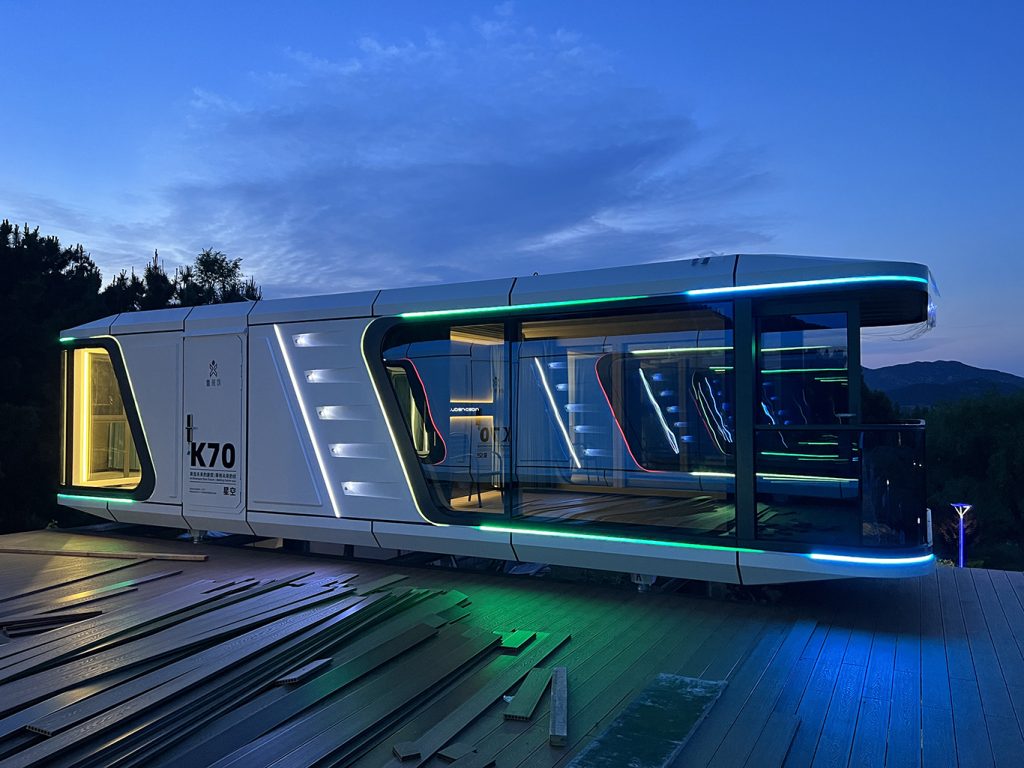
8. Conclusion
Both prefab and modular homes are strong contenders in the modern housing solutions market. The right choice depends on your specific needs, budget, and housing expectations. As global demand for flexible, eco-friendly, and sustainable housing increases, both prefab and modular homes are expected to play a significant role in the future. Whether you are looking for a cost-effective, efficient, and environmentally conscious housing solution, these two innovative construction types offer ideal choices for your next living space.
WOULD YOU LIKE MORE INFORMATION?
Please contact us
